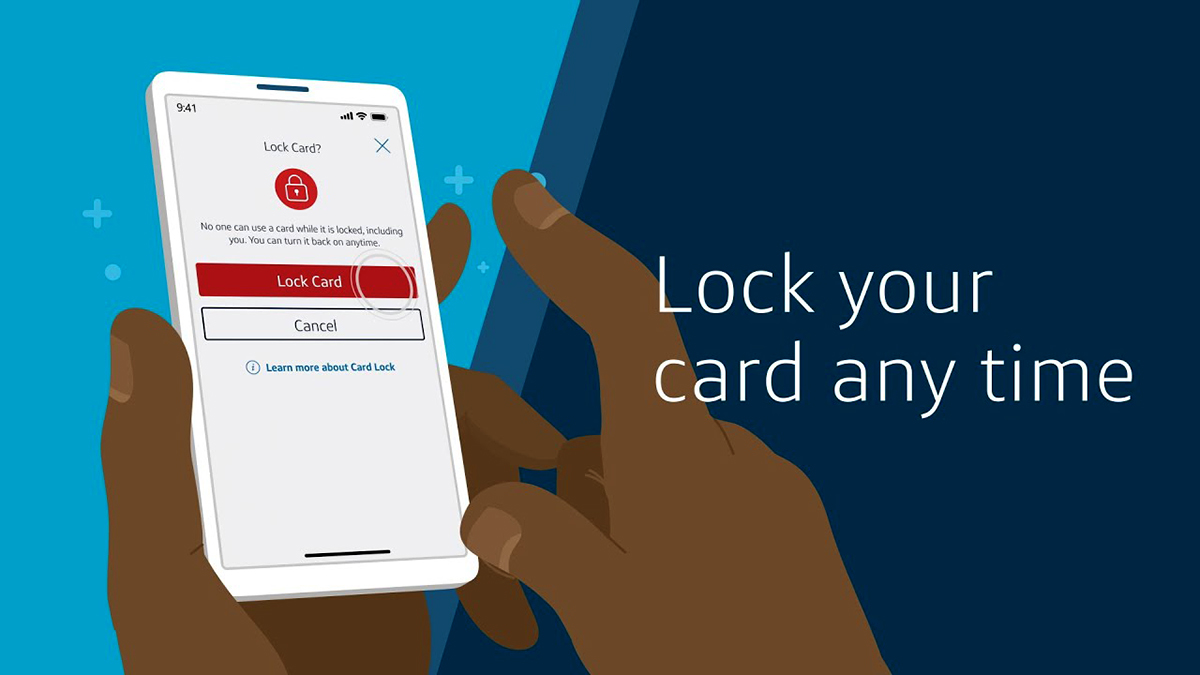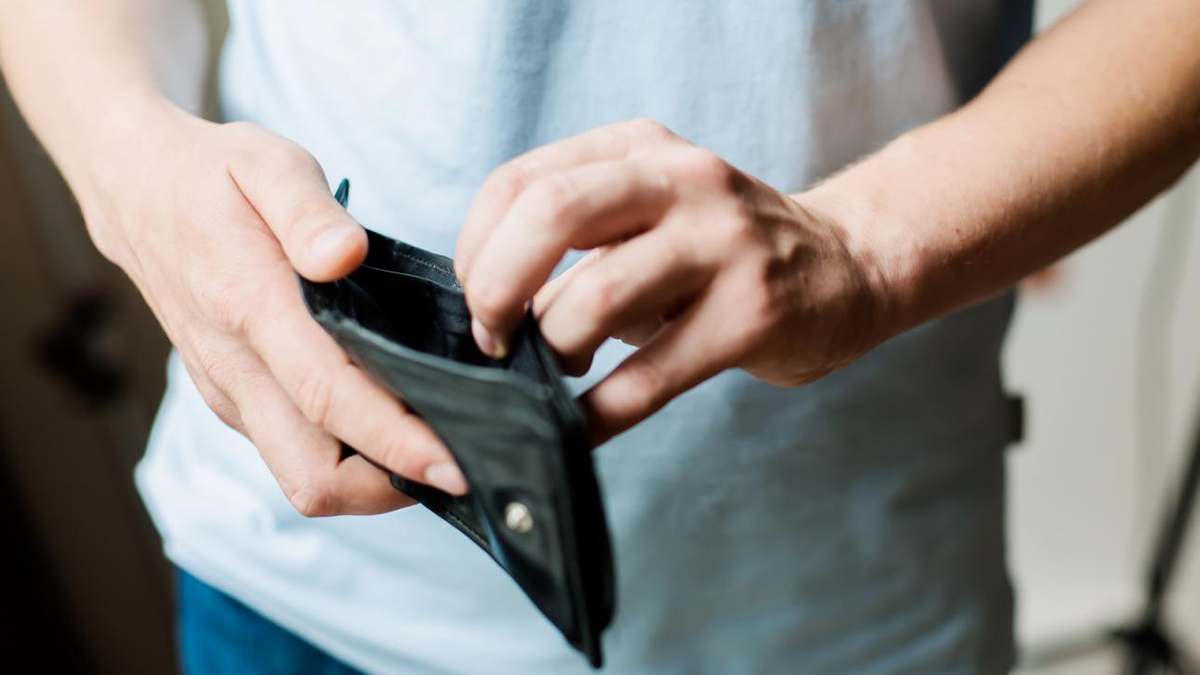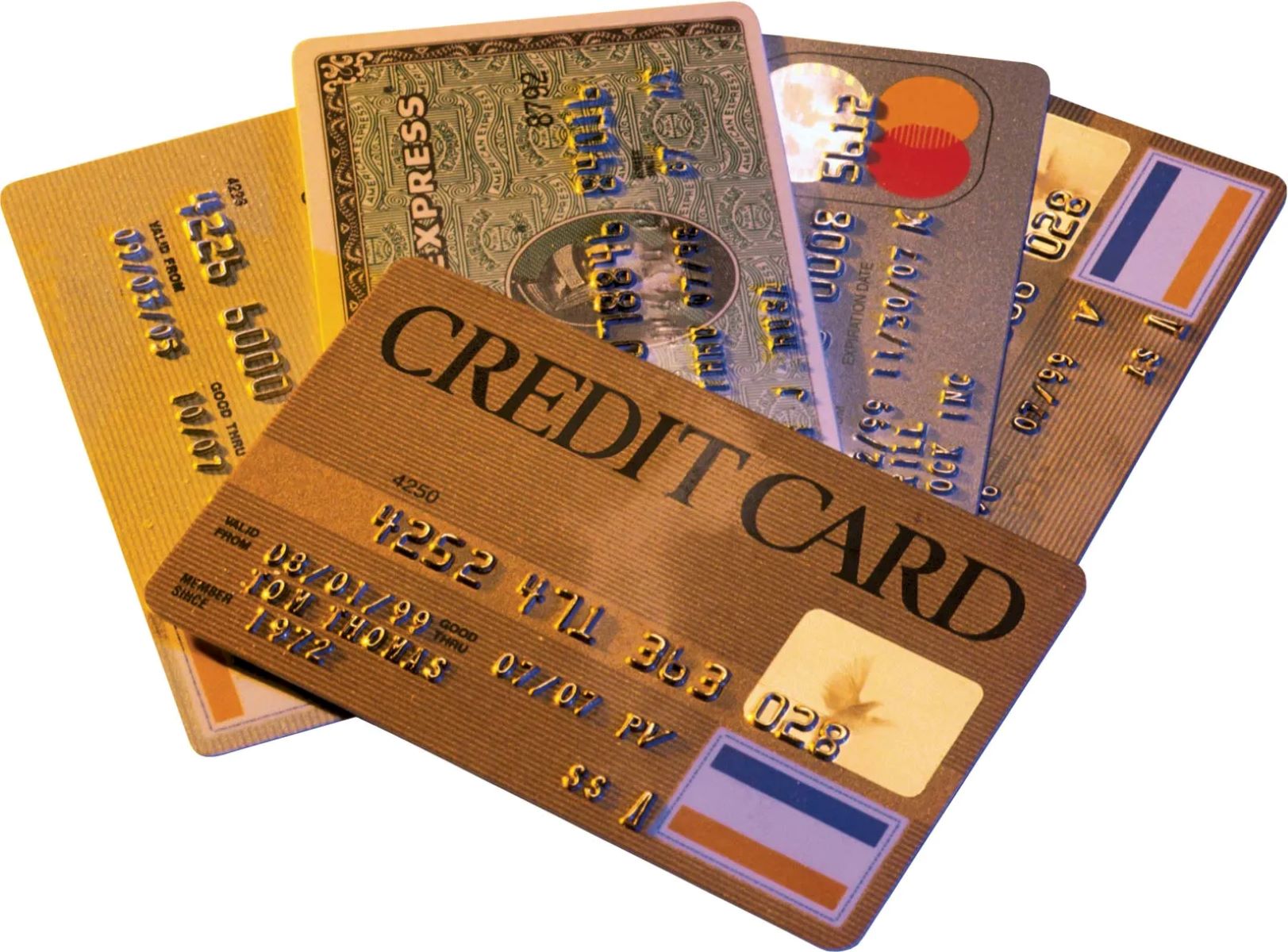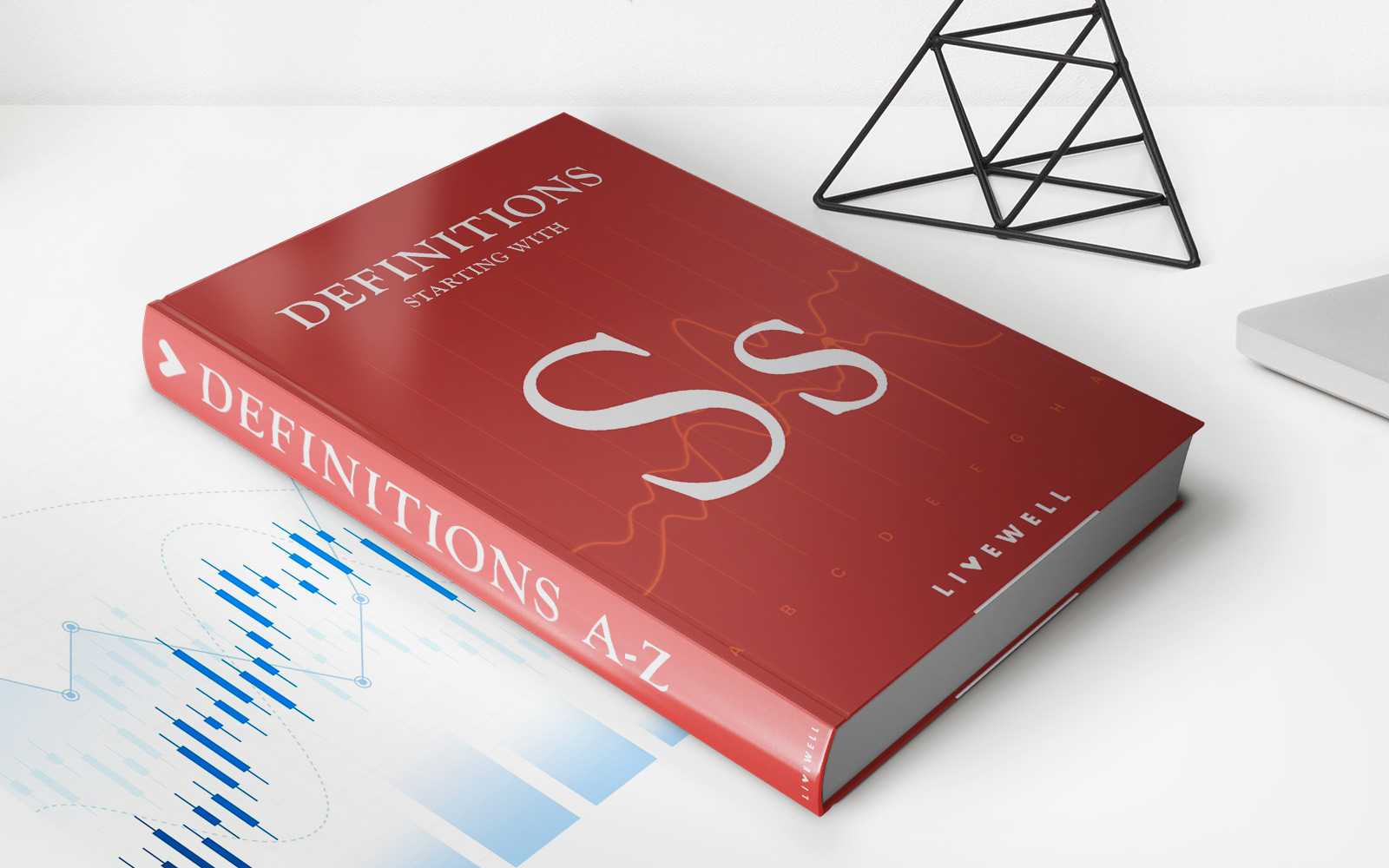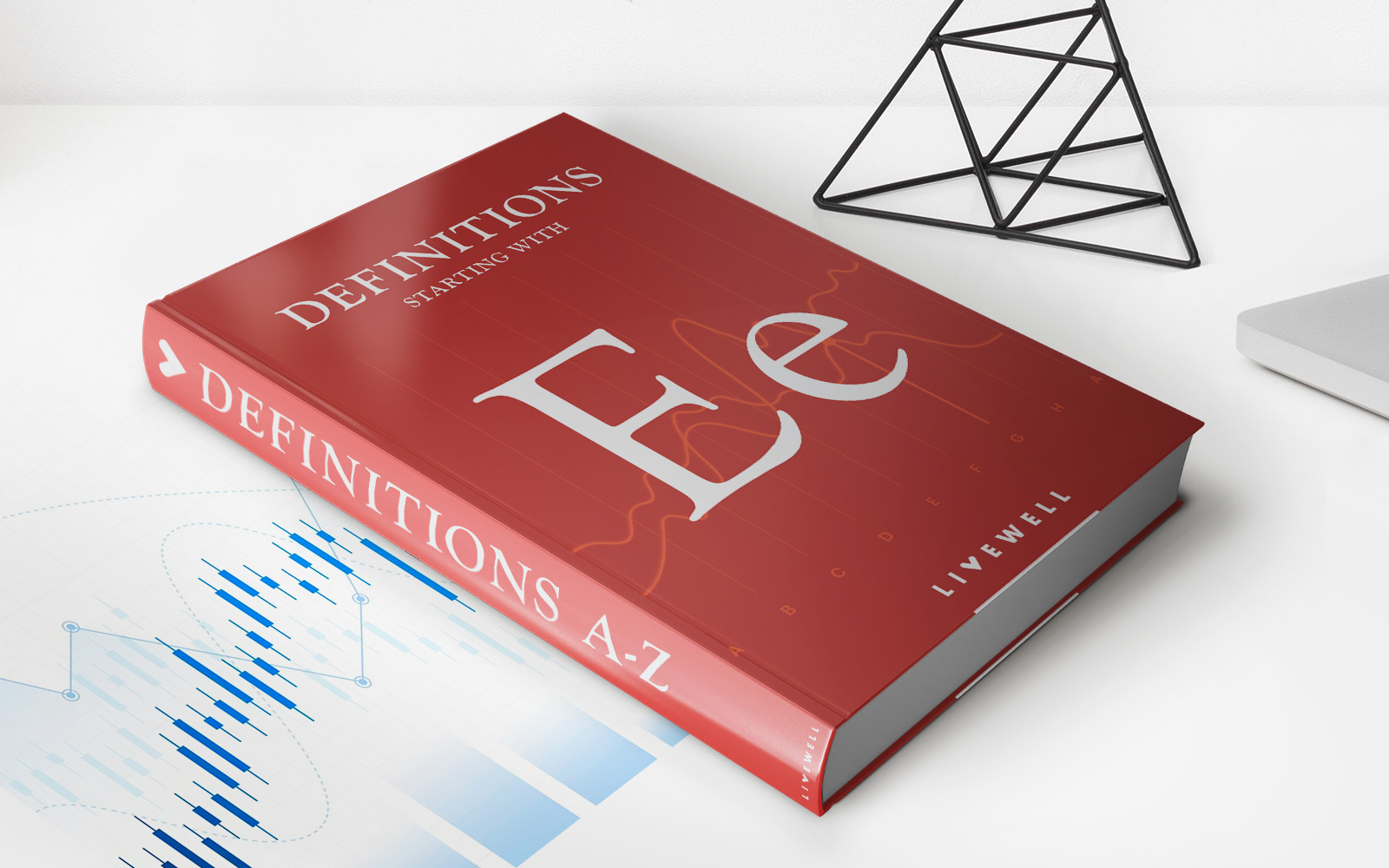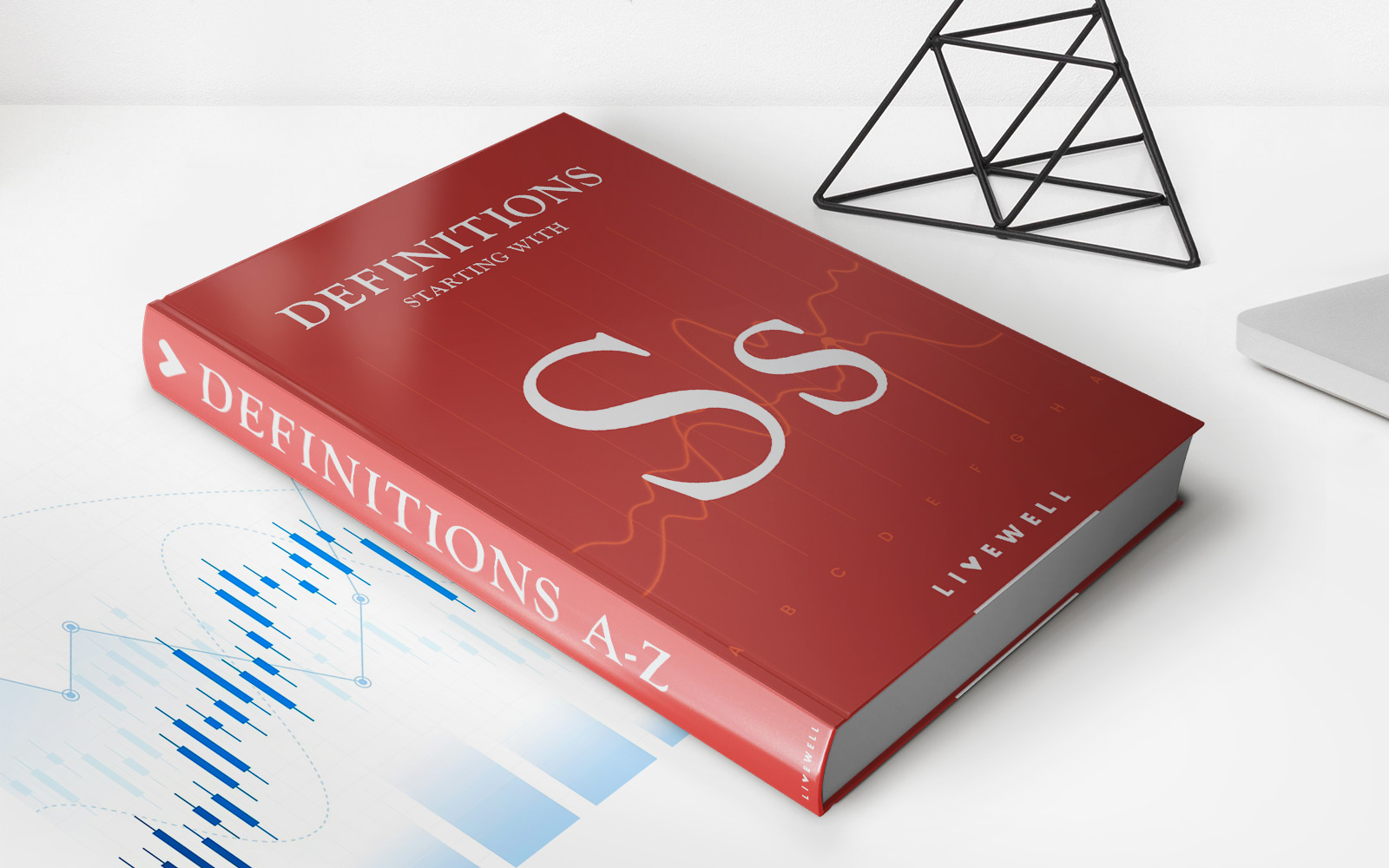

Finance
What Happens If I Lock My Credit Card
Published: November 4, 2023
Discover what happens when you lock your credit card and the impact on your finances. Protect yourself from fraud and unauthorized transactions.
(Many of the links in this article redirect to a specific reviewed product. Your purchase of these products through affiliate links helps to generate commission for LiveWell, at no extra cost. Learn more)
Table of Contents
- Introduction
- The Purpose of Locking a Credit Card
- How to Lock a Credit Card
- Benefits of Locking a Credit Card
- Potential Consequences of Locking a Credit Card
- What Happens When You Lock Your Credit Card
- Can You Still Make Purchases When Your Credit Card is Locked
- How to Unlock a Credit Card
- Tips for Using the Credit Card Lock Feature Safely
- Conclusion
Introduction
Having a credit card can provide convenience and flexibility when it comes to managing your finances. However, there may be times when you want to take extra precautions to protect yourself from potential fraud or unauthorized use. This is where the option to lock your credit card becomes useful.
Locking your credit card is a security feature offered by many credit card issuers. It allows you to temporarily disable your card, preventing any transactions or activity until you decide to unlock it. This feature can provide peace of mind, especially if you have concerns about the safety of your card.
In this article, we will explore the process of locking and unlocking a credit card, as well as the potential benefits and consequences of doing so. We will also delve into what happens when you lock your credit card and whether or not you can still make purchases while it is locked. Additionally, we will provide some tips on how to safely use the credit card lock feature. So, let’s dive in and learn more about this security feature.
The Purpose of Locking a Credit Card
The primary purpose of locking a credit card is to provide an added layer of security and control over your account. By enabling this feature, you have the ability to temporarily suspend the use of your credit card, which can be helpful in various situations:
- Preventing Unauthorized Transactions: Locking your credit card can help protect you from unauthorized transactions in case your card is lost or stolen. By disabling the card, you ensure that no one can use it until you unlock it.
- Protecting Against Fraud: Credit card fraud is a serious concern in today’s digital world. Locking your card can mitigate the risk of fraud by preventing any unauthorized purchases or withdrawals.
- Managing Spending: If you are trying to control your spending or stick to a budget, locking your credit card can serve as a helpful tool. It prevents impulsive or unnecessary purchases and allows you to regain control over your financial decisions.
- Temporary Hold: In some cases, you may want to temporarily freeze your credit card if you suspect fraudulent activity or if you’re going on a vacation. Locking it ensures that no transactions will be processed during that period.
By implementing the credit card lock feature, you have the power to safeguard your finances and maintain greater control over your credit card usage.
How to Lock a Credit Card
The process of locking a credit card may vary slightly depending on your credit card issuer, but the general steps are relatively straightforward. To lock your credit card, follow the steps below:
- Log in to your online banking account or open your credit card issuer’s mobile app.
- Navigate to the “Manage Card” or “Security” section of your account. Look for the option to lock your card.
- Select the credit card you want to lock from the list of your active cards.
- Click on the “Lock” or “Freeze” button to temporarily disable your card.
- Confirm your decision to lock the card. Some issuers may require you to enter a security code or answer additional verification questions.
- Once confirmed, your credit card will be locked, and no further transactions will be processed until you unlock it.
It’s important to note that some credit card issuers may also offer the option to lock your card via phone or customer service. Check with your issuer for the specific instructions if you are unable to find the option online.
Remember, locking your credit card is not the same as canceling it. Your account remains active, and you can unlock the card at any time to resume normal use.
Benefits of Locking a Credit Card
Locking a credit card can provide several key benefits that can help protect your finances and provide peace of mind. Here are some of the advantages of utilizing the credit card lock feature:
- Security Against Fraud: One of the primary benefits of locking a credit card is the added security it offers. By disabling the card, you minimize the risk of unauthorized transactions in case it is lost, stolen, or compromised. This can help protect you from financial loss and potential headaches associated with fraudulent activity.
- Control Over Spending: Locking a credit card can be a useful tool for managing your spending. If you tend to overspend or have difficulty sticking to a budget, temporarily locking your card can provide a barrier between you and impulsive purchases. It can help you regain control over your finances and prevent unnecessary debt accumulation.
- Quick and Convenient: The credit card lock feature is typically easy to use and accessible through your online banking account or mobile app. It allows you to quickly lock or unlock your card with just a few clicks or taps. This convenience means that you have the flexibility to enable or disable your card whenever you need to, providing you with a sense of control over your credit card usage.
- Peace of Mind: Knowing that your credit card is locked can provide peace of mind, especially when you have concerns about its safety. Whether you have misplaced your card or experienced a security breach, having the ability to lock it and prevent any unauthorized activity can give you confidence in the security of your finances.
- Temporary Protection: The credit card lock feature is designed for temporary use. If you suspect fraudulent activity or are going on vacation, you can lock your card for added protection during that specific period. Once the threat has passed or your vacation is over, you can easily unlock your card and resume normal use.
These benefits make locking a credit card a valuable tool for maintaining security, financial control, and peace of mind in an increasingly digital and interconnected world.
Potential Consequences of Locking a Credit Card
While there are several benefits to locking a credit card, it’s important to be aware of the potential consequences that may arise from utilizing this security feature:
- Temporary Inconvenience: When you lock your credit card, all transactions, including legitimate ones, will be declined until you unlock it. This can cause temporary inconvenience if you rely heavily on your credit card for everyday purchases or recurring bills. Make sure to have an alternative payment method available and plan accordingly.
- Missed Rewards and Benefits: If your credit card offers rewards programs, cashback, or other benefits, locking your card may temporarily prevent you from earning these rewards during the locked period. Consider whether the security benefits outweigh the potential loss of rewards.
- Delayed Payments: If you have any recurring payments or automatic bill payments linked to your credit card, locking it may result in missed or delayed payments. Ensure that you update your payment method information with the respective service providers or set up alternative payment arrangements to avoid any late fees or negative impact on your credit score.
- Limited Access to Emergency Funds: In case of emergencies where you need immediate access to funds, locking your credit card may hinder your ability to make necessary payments or withdrawals. Keep this in mind and have alternative sources of emergency funds available, such as a separate savings account or a backup credit card.
- Potential Impact on Credit Score: While locking your credit card itself does not directly impact your credit score, the missed payments or higher credit utilization that may result from locking your card can indirectly affect your credit standing. Ensure that you stay on top of your payment obligations and manage your credit utilization wisely during the locked period.
It’s important to carefully weigh the potential consequences of locking your credit card against the security benefits it provides. Consider the specific circumstances and your individual financial needs before deciding to lock your card.
What Happens When You Lock Your Credit Card
When you lock your credit card, several things happen to ensure that no further transactions can be made on the card until it is unlocked:
- Transactions Are Declined: As soon as you lock your credit card, any attempts to make purchases or transactions will be declined. This includes both in-person and online transactions, as well as recurring payments associated with the card.
- Temporary Suspension of Credit Limit: Locking your credit card temporarily suspends your credit limit, meaning you will not be able to make any new charges or increase your outstanding balance. This can be useful in preventing fraudulent activity during the locked period.
- Exceptions for Pre-Authorized Payments: While most transactions will be declined, some credit card issuers allow pre-authorized payments to go through even when the card is locked. These are typically recurring payments such as subscriptions or utility bills that were set up prior to locking the card. Check with your credit card issuer to determine if this exception applies to your card.
- Security Measures Stay in Place: Locking your credit card does not affect any additional security measures associated with your account. For example, if you have set up two-factor authentication or biometric login for your online banking, those measures will remain active even with the card locked.
- Alerts and Notifications: Most credit card issuers will send you alerts and notifications when you lock or unlock your card. These messages serve as a confirmation that your card is in the locked state and provide instructions on how to unlock it when needed.
It’s important to note that while your credit card is locked, you are still responsible for any outstanding balances, minimum payments, or fees associated with the card. Locking the card does not exempt you from fulfilling your financial obligations.
Remember to keep your card locked until you are ready to resume using it or until the specific security concern has been resolved. Unlocking your card is typically a matter of following similar steps as the locking process through your online banking account or mobile app.
Can You Still Make Purchases When Your Credit Card is Locked
No, you cannot make purchases or transactions with a locked credit card. When you lock your credit card, all future transactions, including purchases, cash advances, and balance transfers, are declined until the card is unlocked.
The purpose of locking a credit card is to prevent any unauthorized or fraudulent activity while providing a higher level of security for your finances. By disabling the card, you have full control over when and how it can be used.
It’s important to note that even though your credit card is locked, it does not cancel or close the account. The locking feature is a temporary measure that allows you to maintain control over your card’s usage without permanently affecting the account or any associated benefits.
However, there are a few exceptions to consider:
- Pre-Authorized Payments: Some credit card issuers may still allow pre-authorized payments to go through even when the card is locked. These are typically recurring payments that were set up prior to locking the card, such as subscriptions or utility bills. It’s important to check with your credit card issuer to determine if this exception applies to your card.
- Separate Authorized Users: If you have authorized users on your credit card account, their cards may still be able to make purchases even when your card is locked. Each cardholder’s account is typically linked to the primary account holder, so locking one card may not disable others.
It’s crucial to keep in mind that the purpose of locking your credit card is to minimize the risk of unauthorized charges or fraudulent activity. If you need to make a purchase or authorize a payment while your card is locked, you will need to temporarily unlock it, allow the transaction, and then lock it again to ensure continued security.
Unlocking your credit card is typically a simple process through your online banking account or mobile app. However, always remember to use caution and only unlock your card when necessary to maintain the highest level of security for your finances.
How to Unlock a Credit Card
If you have locked your credit card and are ready to resume using it, unlocking the card is a straightforward process. Here are the general steps to unlock a credit card:
- Log in to your online banking account or open your credit card issuer’s mobile app.
- Navigate to the “Manage Card” or “Security” section of your account.
- Select the locked credit card from the list of your active cards.
- Click on the “Unlock” or “Unfreeze” button to reactivate your card.
- Confirm your decision to unlock the card. Some issuers may require you to enter a security code or answer additional verification questions.
- Once confirmed, your credit card will be unlocked, and you can resume using it for purchases and transactions.
It’s important to note that the process of unlocking a credit card may vary slightly depending on your credit card issuer. Some issuers may have different terminology or specific steps to follow. If you can’t find the option to unlock your card, consult your credit card issuer’s website or contact their customer service for assistance.
Once your credit card is unlocked, it’s crucial to review your recent transactions and account activity to ensure there are no unauthorized or fraudulent charges. If you notice any suspicious activity, report it to your credit card issuer immediately to take appropriate action.
Always remember to keep your credit card secure and take necessary precautions, such as regularly monitoring your statements and promptly reporting any potential issues. By effectively utilizing the lock and unlock feature, you can have greater control over the security of your credit card and your financial well-being.
Tips for Using the Credit Card Lock Feature Safely
While the credit card lock feature provides an added layer of security, it’s important to use it responsibly and safely. Here are some tips to consider when utilizing the credit card lock feature:
- Set Up Notifications: Enable notifications on your credit card account to receive alerts whenever your card is locked or unlocked. This will help you stay informed about any changes to the status of your card in real-time.
- Keep Track of Automatic Payments: Make sure to update your payment information with service providers if you have locked your credit card. This will ensure that your recurring payments or subscriptions are not interrupted or declined, avoiding any late fees or disruption of services.
- Review Your Statements: Regularly review your credit card statements to check for any unauthorized transactions or errors, even when your card is locked. Report any suspicious activity to your credit card issuer immediately to take necessary action.
- Use Multiple Layers of Security: While the credit card lock feature offers protection, it’s essential to have additional security measures in place. Consider enabling two-factor authentication, using unique and secure passwords, and regularly updating your account settings for enhanced protection.
- Balance Security and Convenience: While locking your credit card provides security, it’s important to find a balance between security and convenience. Avoid locking your card if you frequently rely on it for everyday purchases, as it may cause inconvenience and disruptions to your financial routine.
- Be Mindful of Authorized Users: If you have authorized users on your credit card account, communicate with them about the status of the card. Ensure they are aware of the locking and unlocking process to avoid any confusion or potential issues when they try to make transactions.
- Report Lost or Stolen Cards Immediately: If you believe your credit card is lost, stolen, or compromised, lock it as soon as possible. Contact your credit card issuer’s customer service to report the incident and request a replacement card to ensure continued security.
- Regularly Update Your Contact Information: Ensure that your credit card issuer has your current contact information, including your phone number and email address. This will help facilitate communication in case of any security concerns or updates regarding your account.
By following these tips, you can use the credit card lock feature effectively and safely, providing an extra layer of protection for your financial well-being.
Conclusion
Locking your credit card can provide you with added security and control over your finances. With the ability to temporarily disable your card, you can protect yourself from unauthorized transactions, fraud, and manage your spending effectively. However, it’s important to consider the potential consequences of locking your card, such as inconvenience and missed rewards. Strike a balance between security and convenience based on your individual circumstances.
When you lock your credit card, all transactions are declined, and your credit limit is temporarily suspended. Exceptions may apply for pre-authorized payments and separate authorized users. Unlocking your card is a simple process through your online banking account or mobile app, and it enables you to resume using your card for purchases and transactions.
Remember to use the credit card lock feature safely by setting up notifications, keeping track of automatic payments, reviewing your statements, and using additional layers of security. Be mindful of authorized users and promptly report any lost or stolen cards to your credit card issuer.
In conclusion, the credit card lock feature empowers you to take control of your financial security. By understanding how to lock and unlock your credit card and implementing best practices, you can enjoy the benefits of enhanced protection and peace of mind when it comes to your credit card usage.




